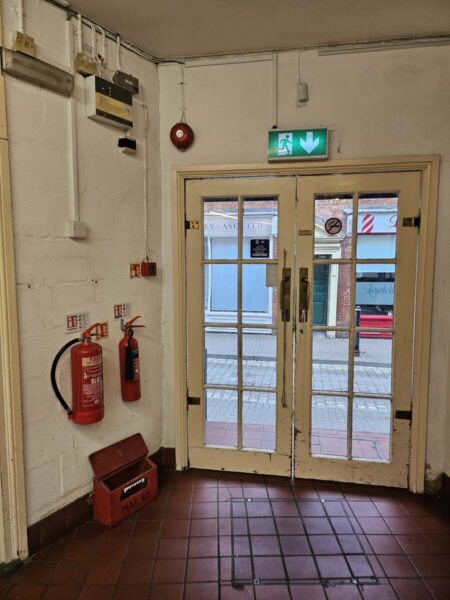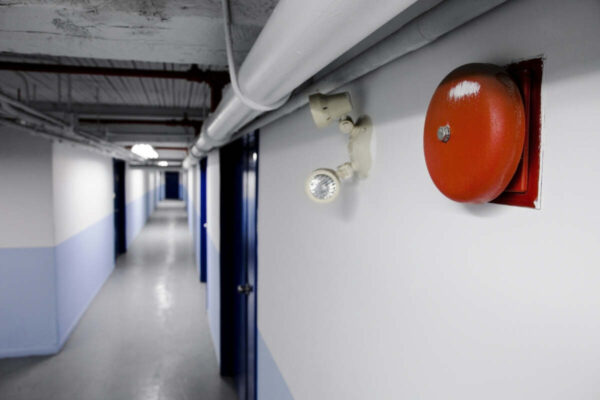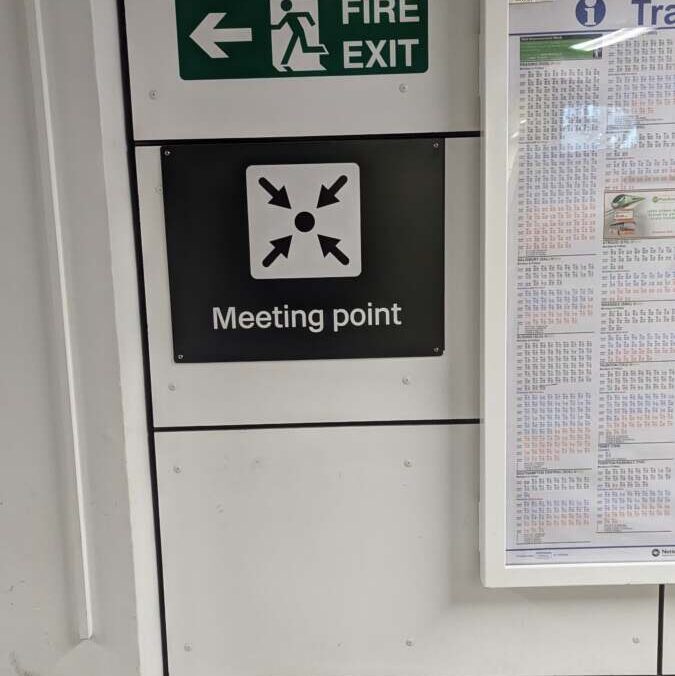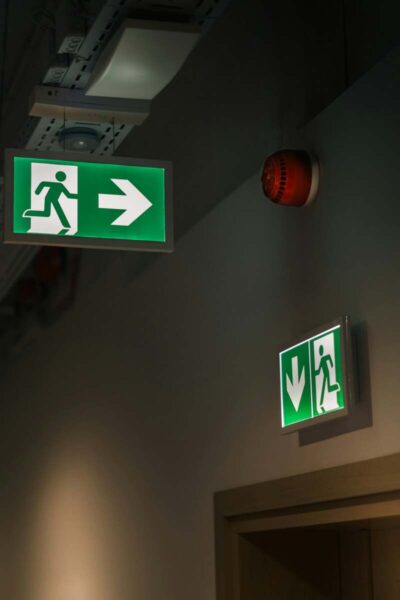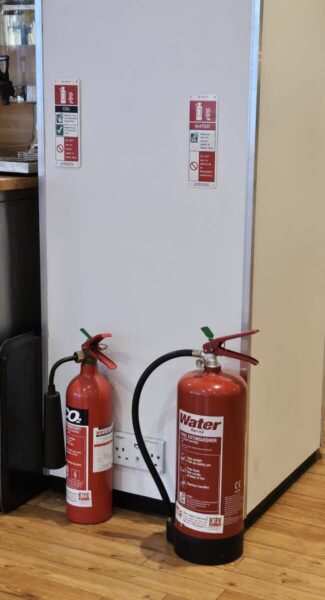
As a retail store owner, your business is more than just a place of commerce—it’s an investment, a livelihood, and a responsibility to your employees and customers. One of the most significant risks to any retail establishment is fire, which can cause devastating damage to property, inventory, and, most importantly, human life. To safeguard your store, you must be aware of common fire hazards and take proactive steps to mitigate them. In this guide, we’ll explore key strategies to protect your retail store from fire hazards, ensuring a safe environment for everyone who walks through your doors.
- Identify Common Fire Hazards in Retail Stores
Understanding the fire risks specific to retail environments is the first step in prevention. Common fire hazards in retail stores include:
- Electrical Equipment: Retail stores rely heavily on electrical systems for lighting, cash registers, security systems, and more. Faulty wiring, overloaded circuits, or malfunctioning equipment can spark a fire.
- Flammable Materials: Many retail stores stock flammable items, such as clothing, paper products, and packaging materials. These items can ignite quickly and fuel a fire.
- Storage Areas: Improperly stored merchandise, especially in crowded backrooms, can obstruct fire exits and create additional fire hazards.
- Heating Equipment: Space heaters or other heating devices used during colder months can become fire hazards if not properly maintained or monitored.
- Implement Regular Fire Safety Inspections
Regular fire safety inspections are crucial in identifying and addressing potential fire hazards before they lead to a disaster. Establish a routine inspection schedule that includes the following:
- Electrical Systems: Have a licensed electrician inspect your store’s electrical systems at least annually. This includes checking wiring, outlets, and circuit breakers for signs of wear or overload.
Fire Extinguishers: Ensure that fire extinguishers are accessible, properly maintained, and fully charged. Train your staff to use them correctly. - Smoke Alarms and Fire Alarms: Test smoke alarms and fire alarm systems regularly to ensure they function correctly. Replace batteries as needed and schedule professional maintenance annually.
- Emergency Lighting and Exit Signs: Verify that emergency lighting and exit signs are operational and clearly visible in case of a power outage or emergency evacuation.

- Safe Storage Practices
Proper storage of merchandise and materials is essential in reducing fire risks. Implement the following storage practices to keep your store safe:
- Keep Exits Clear: Ensure that all fire exits, aisles, and emergency pathways are free from obstructions. Never store merchandise or equipment in front of exits.
- Use Fire-Resistant Storage Solutions: Store flammable materials in fire-resistant containers or cabinets. Keep these materials away from heat sources and electrical equipment.
- Limit Storage in High-Risk Areas: Avoid storing large quantities of flammable items near heating equipment, electrical panels, or other areas prone to fire hazards.

- Employee Training and Preparedness
Your employees are the first line of defence in a fire emergency. Proper training can make all the difference in how effectively they respond. Ensure that your staff is trained in the following areas:
- Fire Safety Procedures: Educate your employees on fire prevention strategies, including how to identify and report potential fire hazards.
- Evacuation Plans: Develop a clear and concise evacuation plan tailored to your store’s layout. Conduct regular fire drills to ensure that all employees are familiar with the evacuation routes and procedures.
- Use of Fire Extinguishers: Provide hands-on training for employees on how to use fire extinguishers. Ensure they understand when and how to use them safely.

- Invest in Fire Detection and Suppression Systems
Advanced fire detection and suppression systems can provide an additional layer of protection for your retail store. Consider investing in the following systems:
- Automatic Fire Sprinklers: Installing an automatic fire sprinkler system can help control and extinguish a fire before it spreads, minimizing damage and protecting lives.
- Fire Suppression Systems: For areas with high fire risks, such as kitchens or storage rooms, consider installing specialized fire suppression systems that can quickly contain fires.
- Enhanced Alarm Systems: Invest in an advanced fire alarm system that can detect smoke, heat, or fire and immediately alert occupants and emergency services.
- Prepare for Post-Fire Recovery
While prevention is the primary goal, it’s also important to have a plan in place for recovery in the event of a fire. This includes:
- Insurance Coverage: Ensure your business has adequate fire insurance coverage that includes property damage, inventory loss, and business interruption.
- Disaster Recovery Plan: Develop a disaster recovery plan that outlines the steps to take after a fire, including securing the premises, assessing damage, and communicating with customers and employees.
- Data Protection: Protect critical business data by backing up records and documents to an offsite location or cloud-based storage.

Protecting your retail store from fire hazards requires vigilance, preparation, and a commitment to safety. By identifying common fire risks, implementing regular inspections, training your staff, and investing in fire detection and suppression systems, you can create a safer environment for your employees, customers, and business assets. Remember, fire safety is an ongoing process—stay proactive and regularly update your fire safety protocols to adapt to any changes in your store’s layout, inventory, or operations. With these measures in place, you can focus on growing your business with the peace of mind that you’re well-prepared to prevent and respond to fire emergencies.
Protect your small business from fire risks—download the FireSmart app today! Access essential fire safety tips, create emergency plans, and stay compliant with fire regulations. Don’t wait until it’s too late—take action now to safeguard your business!
